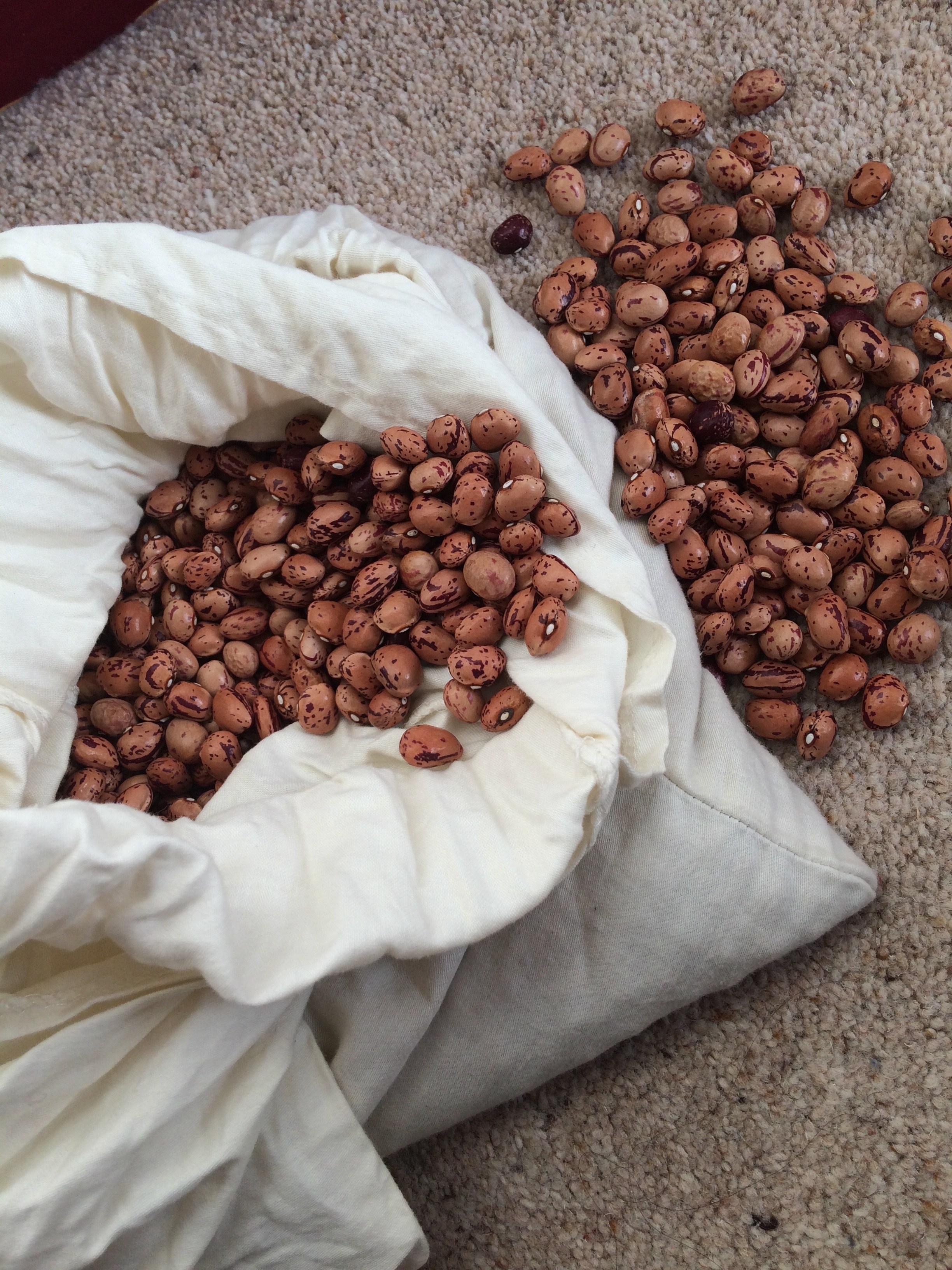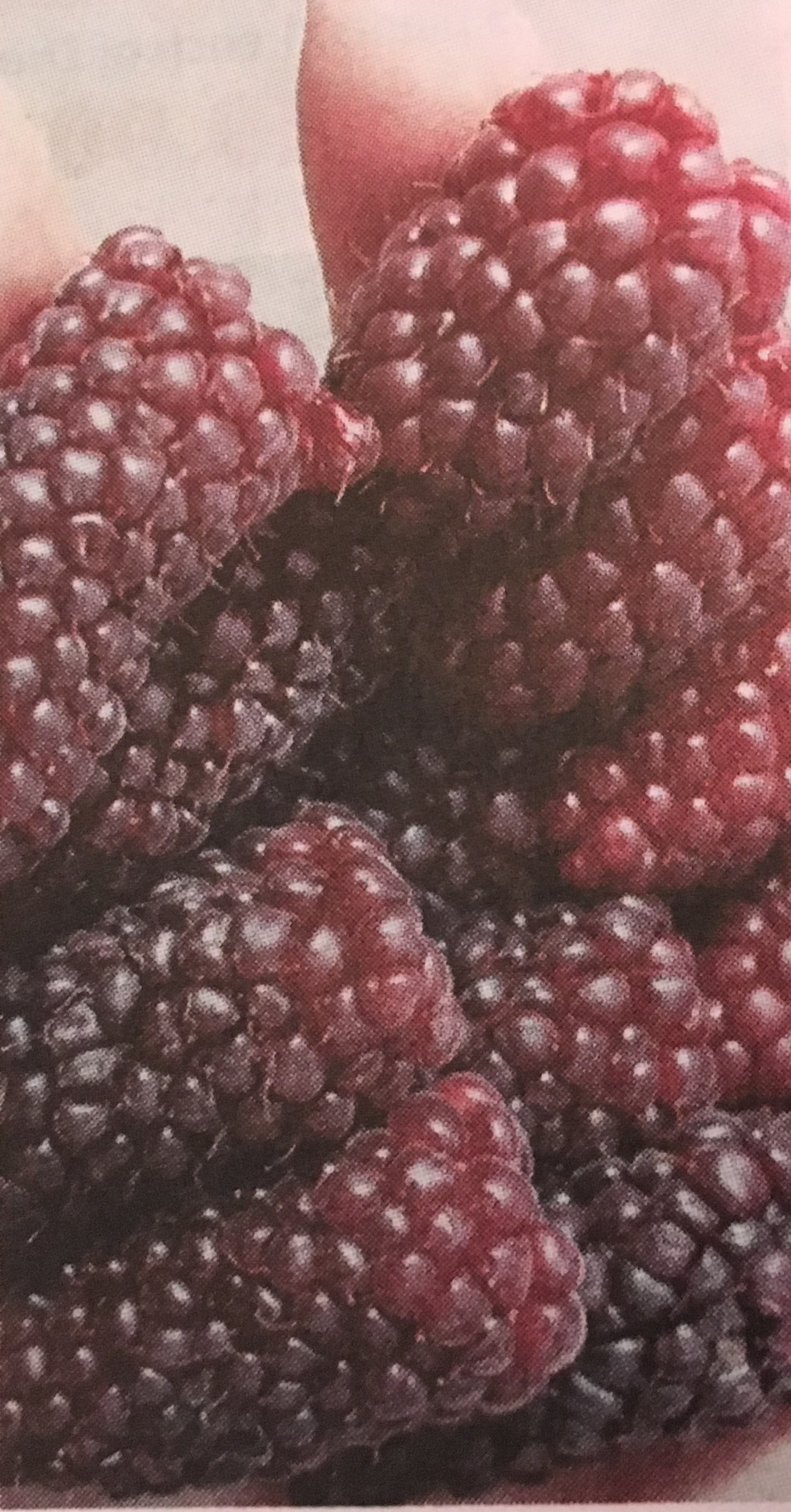Considering something different?
As you shelter from the cold and ice of winter and work on your indoor gardening projects and plans for the coming growing season, trying something novel might take your fancy. We tend to grow crops on our plots which we know we like, eat lots of and which make economical sense. It’s unlikely that we will produce all the potatoes our family eats, so being selective and, say, concentrating on the really tasty early varieties is the way forward for many.
On our site there are, however, some quite unusual vegetables being grown and if you know little about them, this series of short articles may be of practical interest to you. Some require a specific growing environment (like protection against frost) but none are too tricky or time-consuming to cultivate. You might like to try something different this year …
Borlotti beans
In the seed catalogues as ‘Borlotto lingua di fuoco’ (‘tongue of fire’) these can be climbing or ‘nano’ (dwarf). They are a really attractive bean and their name is accurate: red and white blotches come to the fore on the pods as they ripen (they start out as a pale green colour). They are sown in rows or can be broadcast if they are the dwarf variety and grown up supports as with runner beans if they are climbers.
They should be sown once the risk of frost has passed and will probably need some netting as protection in the early stages of their development (crows like to pull them up …). Thereafter, they are basically trouble-free, although in wet autumn weather slugs can be attracted to the pods.
As the pods ripen, the beans inside gain in colour and are ready when they turn red and white like the pods: the deeper the colour, the riper the bean. They can be used fresh, say by steaming, or harvested and then dried. The drying should be done with the beans in the pods - for example, placed in a greenhouse so that they soak up the sun. Once the pods go brown and hard, the beans can be taken from the pods and then kept in a sack (ours stay in the airing cupboard!).

Dealing with them in the kitchen is straightforward: they are soaked overnight in cold water. The next day, drain and then cover (just) with cold water and bring to the boil; as the water begins to boil, remove from the water and drain completely. Place in (fresh) cold water and simmer, adding a ham bone or similar and a clove. Simmer for an hour or so. The Mediterranean way of cooking them is to prepare them as described, then serve as an accompaniment to a meat dish. Their flavour is enhanced by using chopped parsley; they can also be fried (if there are leftovers) with some garlic. As a vegetarian alternative to meat they work really well. Full recipe on request!
Tayberries
Tayberry (Rubus fruticosus x ideaus) is a cross between a blackberry and a red raspberry, and was patented in 1979.
It is prolific and will quickly give delicious crops of large sized sharp-sweet fruit, dark purple in colour when fully ripe in late July through into August.

Cultivate it as you would a blackberry - cutting back to ground level those canes which have fruited each summer. Tie in the new canes and support them - they grow well against a fence or wires. They can be easily encouraged to produce new plants: just bury the tip of a cane and peg down and roots will rapidly appear. They are quite prickly, but on the other hand the birds don’t seem that interested in the fruit.
The large fruits freeze well, so it’s a useful soft fruit to develop.

